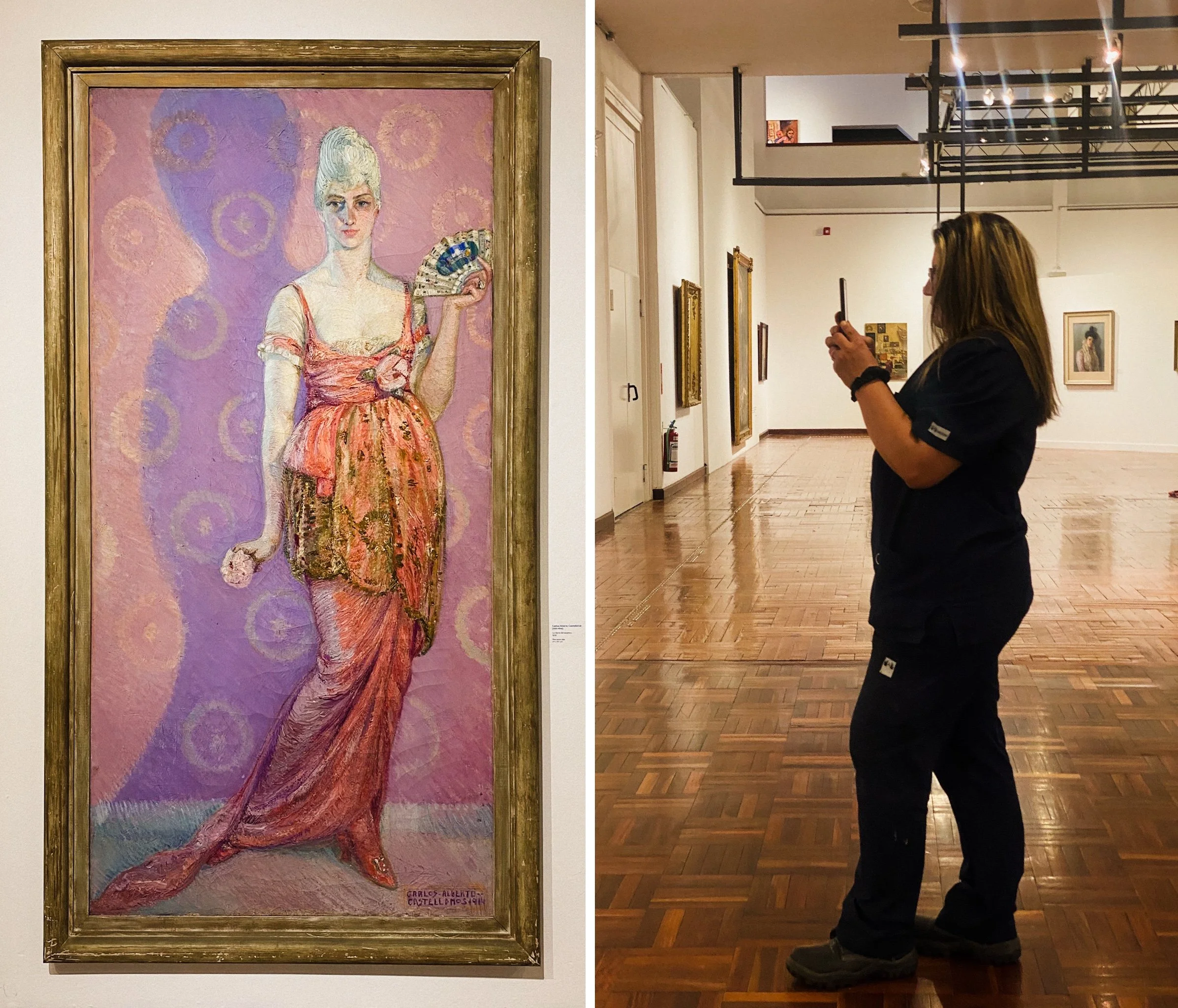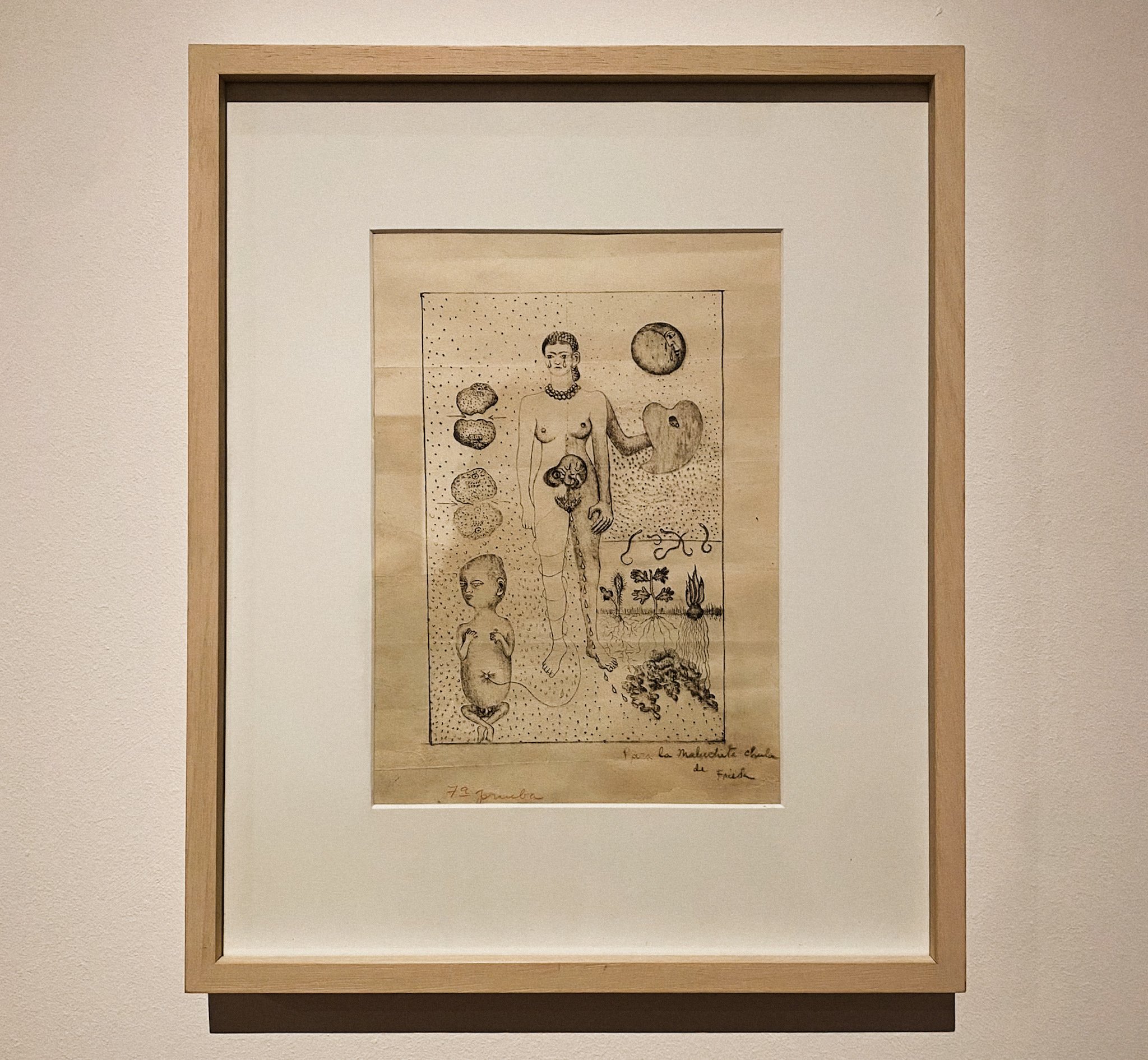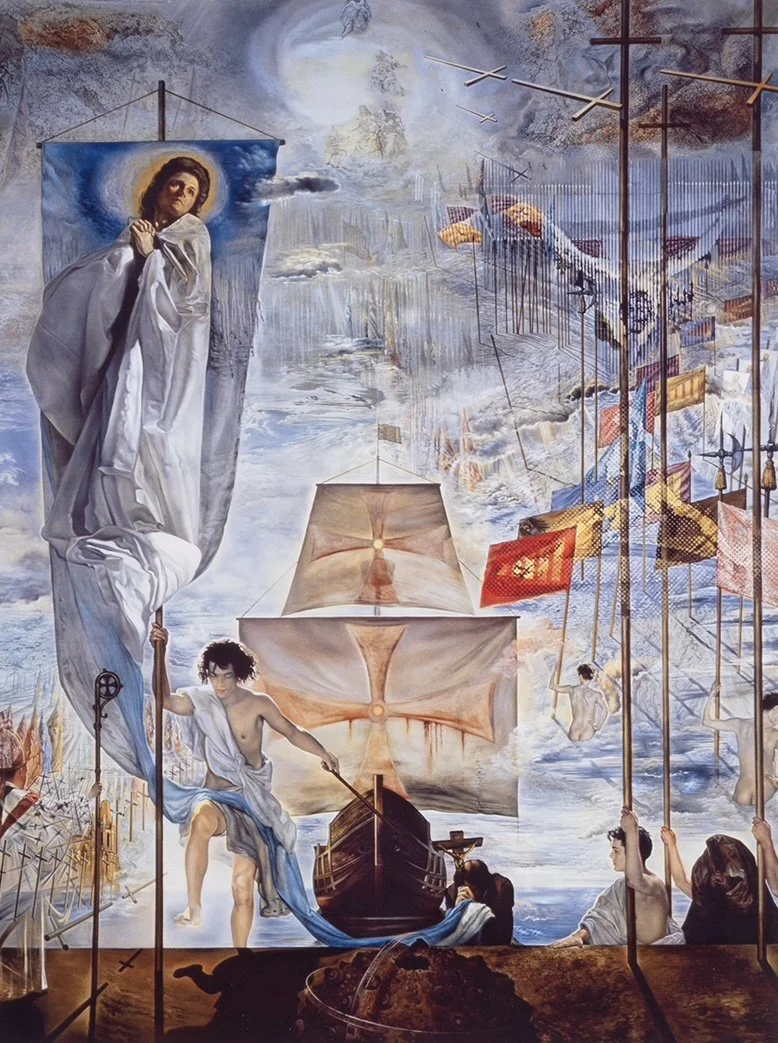I did it. I tabled at my first market.
A friend asked me how I'd measure success at the market. I had a number in my head—$1,000 would feel like success, though I had no idea if that was realistic. “In this economy?”
So I started thinking about how I wanted to feel instead. I wanted to feel good about selling things. To be motivated to keep going. Feels more important than any metric.
The day before, I was at the Potters Guild helping set up. We lifted pottery wheels onto rolling platforms and wheeled them into the clay alley. Mopped the floors. Drank wine, and snacked on cheddar and chocolate babka. Robin brought challah bread from Motzi. Freshly made, soft and just a little sweet.
Setting up.
Vianney Paul’s multi-tiered display.
I set up my table. Laid out the linen tablecloth, wrapped it in bunting, arranged my pieces. I watched other people set up and I examined their displays. I definitely needed risers. My bowls needed height or no one would be able to see the detail on the sides.
Looking a little samey.
At home I pulled an old wine crate and vintage wooden cheese boxes out of the basement. Dusty and unused since our move from San Francisco, but I couldn’t part with them. I dusted them off, then grabbed a few tins to use as platforms. I went on a shopping spree through my house, picking up little things that felt like me. Mise en scène. Goose feathers I brought home from Buenos Aires. Tiny plastic woodland animals because I like them. An old brass dog I call Chester. First ever market support animals.
Ready for orders.
I still needed signage. The morning of the market I somehow managed to whip up a semi-professional sign for the table, an email signup sheet, and small place cards for pricing. Putting those old graphic design skills to the test. Luckily I had all the paper I needed and my printer just worked.
I was going to make sandwiches but forgot to take the bread out of the freezer. Just have to figure something else out. Maybe I’ll be too busy to be hungry.
I got to the space at 10am. Doors at 11. Got the signs and risers sorted. Not enough time to put out the flowers I'd bought, but everything else was in order. There was a line of people waiting outside!
A little more lifted.
Need to invest in a necklace stand, but this mirror I swiped off my dresser works for now.
They opened the door and it stayed open. So cold! I made a couple of sales right away—very new to the Square system, to making transactions and packaging things up, but it worked. After I think the third sale, Van—who I was sharing a table with—told me I was supposed to take the price tags off before boxing my ceramics. “Because they’re gifts.”
After half an hour I had to put on my parka. I wanted to wear my mittens too, but I needed my hands.
Jesse sold refreshments at her table. She hooked me up with a cup of hot chai and it was exactly what I needed. Warm, sweet, cozy. Then Barb closed the door and we warmed up again.
Jen of Yummy & Company. The best teacher and mentor! I wrote about her here.
The next few hours were slower. There were always customers milling about but nothing like that 11am rush. My neighbor stopped by. My father-in-law. My husband. Van's husband offered to pick up lunch for us at Ekiben. I got the tofu bao. My favorite. They make the best tofu, crispy on the outside, soft on the inside. As it should be. I didn't love eating while people were shopping, but I just had to say it was Ekiben and they understood.
Phillip Klassen (right) and his partner, Abe (center).
I made my biggest sale toward the end of the day. A $190 vase. Most of what sold was smaller—porcelain watercolor palettes at $18, trinket dishes at $68. But that one $190 sale felt pretty good. I probably could have undercut myself and sold more pieces. But I knew that if someone connected with my work, they'd want to pay what it cost. Hand made, hand illustrated. Functional, sure, but also art.
I didn't hit $1,000, but I didn't lose money either. I sold some stuff and learned a ton. And I came out of it feeling pretty good. So I guess I hit one goal.
Time to research markets for 2026.






































